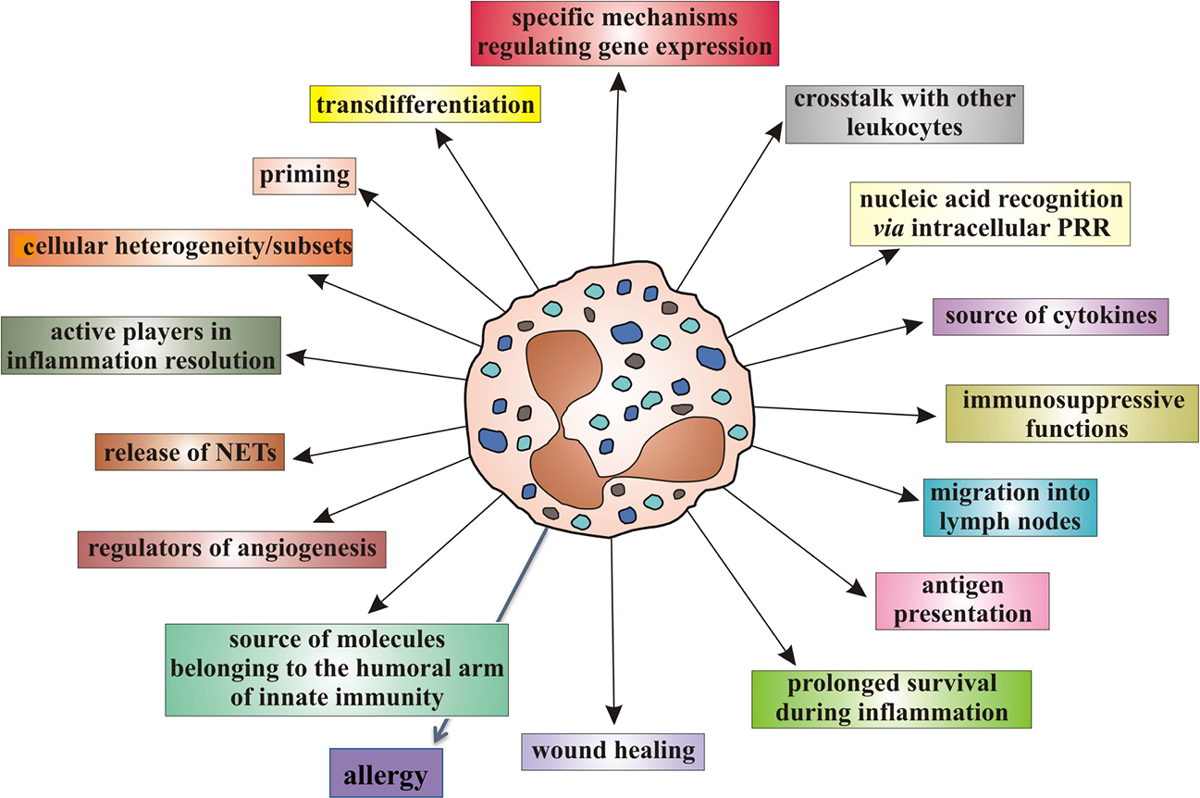The Mechanics of Neck Manipulation With Special Consideration of the Vertebral Artery
SOURCE: J Can Chiropr Assoc. 2002 (Sep); 46 (3): 134–136
Dr. W Herzog, BSc, PhD and Dr. B Symons, DC
University of Calgary,
2500 University Drive N.W., Calgary,
Alberta, Canada T2N 1N4.
walter@kin.ucalgary.ca
In recent weeks, we have learnt that chiropractors may have to carefully review the application of high-speed, low-amplitude spinal manipulative treatments to the neck. The concern is the possible risk associated with neck manipulation. Specifically, vertebral artery dissection, or ther mechanical injury, are an acknowledged, albeit a very low, risk.
The vast amount of research on vertebrobasilar injury in the past has been focused on blood flow through the vertebral artery during diagnostic, and before and after manipulative treatment. There was (is) concern that vertebral artery occlusion may occur during neck manipulation, and that a lack of blood supply to the brain may lead to a series of complications. This line of argument has always struck us as weak, because a high-speed, low-amplitude thrust to the cervical spine lasts typically less than 150 ms, and the brain has sufficient oxygen to survive such a small amount of (possible) loss of blood flow from one of its many supply arteries.
Another way of attempting to gain insight into the possible risk of neck manipulation and vertebrobasilar accidents is a statistical (epidemiological) approach. The basic question that people would like to answer is: are people who receive neck manipulative treatments at a greater risk of vertebrobasilar accidents than people who do not receive such treatments? On the surface, this approach seems feasible, and so it would be, if the occurrence of such accidents was high (let’s say one time in a hundred or a thousand). However, it appears that we deal with incidence rates (if there is an actual incidence) of one in several millions (i.e. very low). Therefore, any statistical pproach has a miniscule power, and a couple of “fluke accidents” (i.e., accidents that occur, let’s say in a chiropractic clinic, but in reality have nothing to do with the chiropractic treatment) may produce a “statistical error” that may persist for years in a community as small as Canada. Also, using an epidemiological approach, the question of “cause and effect” cannot be resolved.
When starting to tackle the problem of the mechanics of neck manipulative treatments three years ago with my student B. Symons (DC), we were surprised that, to the best of our knowledge, there were no data on what actually happens mechanically to the vertebral artery during cervical spinal manipulation. I was further surprised, when asked to review a case on a vertebrobasilar accident, that one of the arguments went as follows: Pathology revealed no dissection of the vertebral artery, therefore, the vertebrobasilar accident cannot be associated with chiropractic treatment.
Discussing this particular statement within the chiropractic community, it became apparent that mechanical injury to the vertebral artery was an accepted, but very, very very rare occurrence; but nevertheless, accepted. And all this without a shred of scientific evidence about the mechanics of the vertebral artery during cervical manipulation.
So, when does the vertebral artery, or for that matter, any tissue, become injured?
For mechanical injury to occur, the forces (stresses) in the tissue must exceed the microstructural and macrostructural failure limits of the tissue. Therefore, we started to investigate the question:
What are the forces (stresses) and elongations (strains) of the vertebral artery during normal movements, diagnostic procedures, and high-speed, low-amplitude cervical spine treatments; and what are the corresponding failure forces and elongations?
I do not want to dwell on the details of that study, since a full report is scheduled to appear shortly in the Journal of Manipulative and Physiological Therapeutics (October 2002). Nevertheless, we feel that the results are so important that we would like to share the primary findings below. However, the interested reader must consult the original manuscript for complete and detailed information.
The following primary results were found:
I Elongations of the C0–C1 and C6-subclavian artery segments of the vertebral artery were, on average 6.2% and 2.1%, respectively for the neck manipulative treatments performed here.
II The corresponding values for a head rotation within the normal range of motion were 12.5% and 4.8%, respectively.
III The corresponding elongations before first mechanical failures were observed were, on average, 53.1% and 62.2%, respectively.
IV Finally, at 6.2%, and 2.1% strain for the C0–C1 and the C6–subclavian segment, respectively, there was no measurable force (stress) acting on the vertebral artery.
Read the rest of this Full Text article now!





Leave A Comment